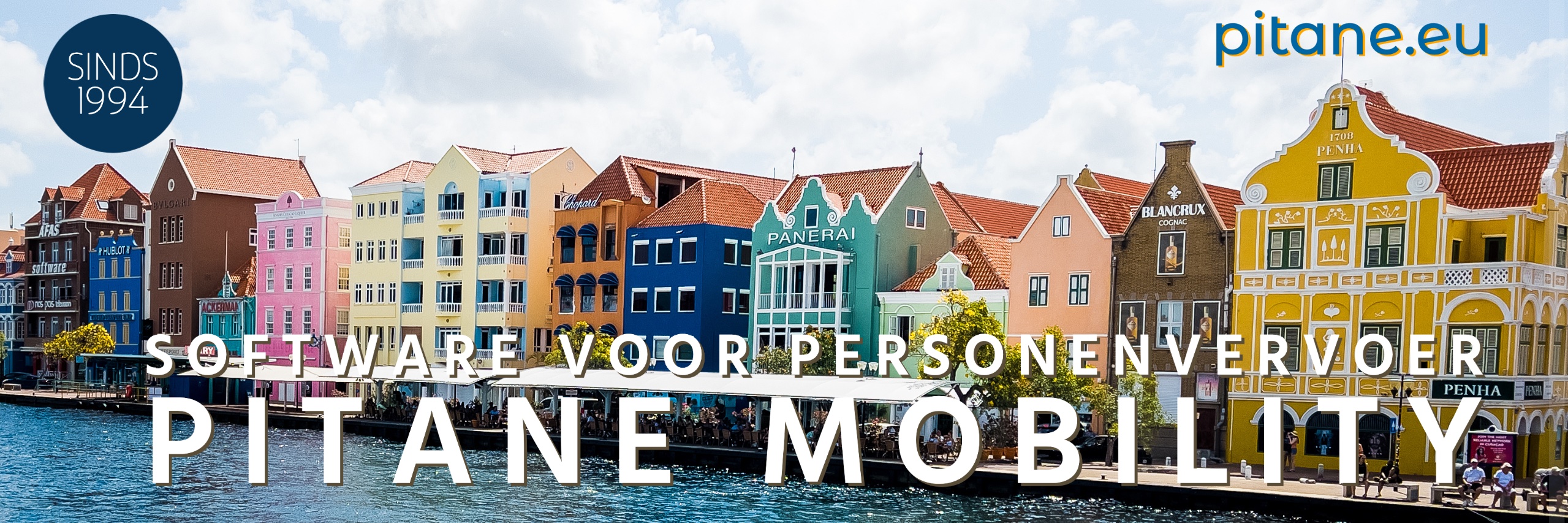All in all, the state of electric driving in Curaçao is far from ideal.
In our series about Curaçao it's time to draw a conclusion about the state of mobility on the island. The state of electric driving in Curaçao is downright disappointing. Despite the abundance of sunlight and the potential for renewable energy, electric vehicle adoption on the island has so far been very limited.
charging stations
One of the biggest challenges for electric driving in Curaçao is the lack of charging infrastructure. There are only a handful of public charging stations on the island, and even these are often faulty or poorly maintained. In addition, few private charging stations are available, making it difficult for EV owners to charge their vehicles.
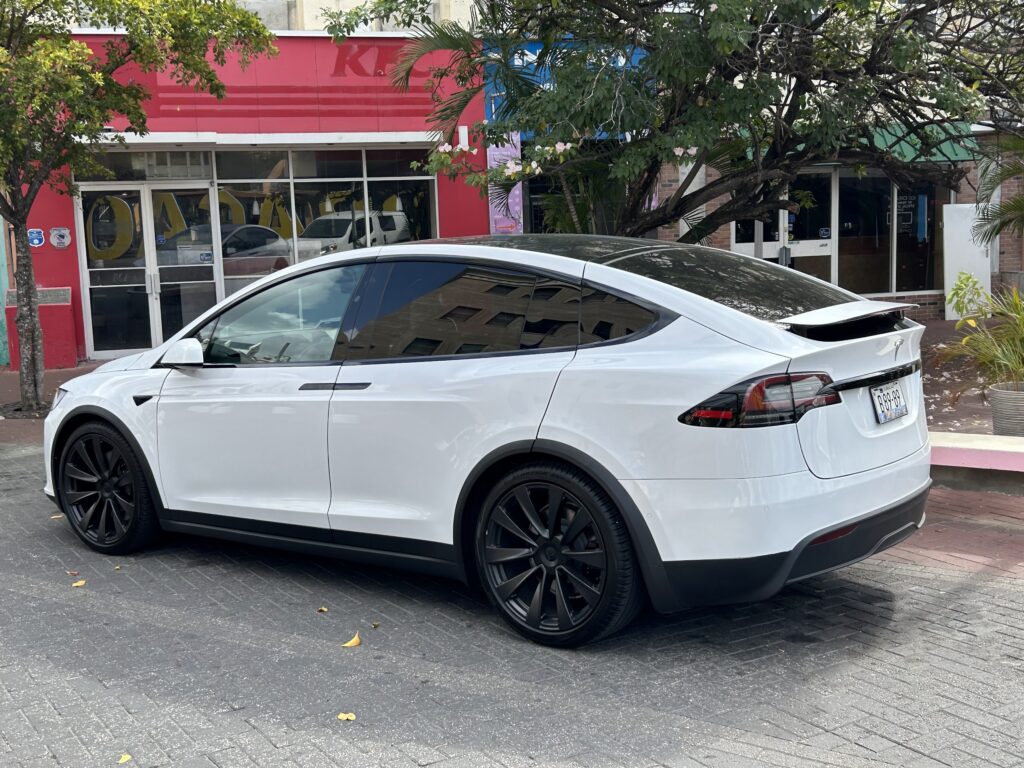
The number of electric cars on Curaçao is still a small percentage of the total number of cars driven on the island.
There are no subsidies on the island for the purchase of electric vehicles or charging infrastructure, and there is no incentive for companies to switch to electric vehicles in their fleets. We saw them driving, a handful of Teslas and the car of the Analytisch Diagnostisch Centrum NV (ADC), the leading analytical and diagnostic medical laboratory in Curaçao.
harvest Festival
The harvest festival, originally called Seú, is Curaçao's largest cultural event, held every year on Easter Monday. During Seú, the locals dress in the traditional clothing that dates back to the days of slavery. Every year, about 5000 participants in colorful costumes dance to the infectious rhythms of traditional music through the streets of Willemstad.
The parade is a parade of an advertising parade and floats pulled by smelly diesels. No electric car to be seen here either, except for the car from ADC. The name 'Seú' comes from West Africa and means 'the sky' in the Creole language. The sky plays a key role in this celebration, as it is the place from which the rain pours down.
Prior to the planting season, the plantation workers celebrated a ceremony in which they played drums. Because they believed that the sound of the instrument attracted the rain. They sang to the spirits and the earth for fertile soil, to bear and grow new seeds.

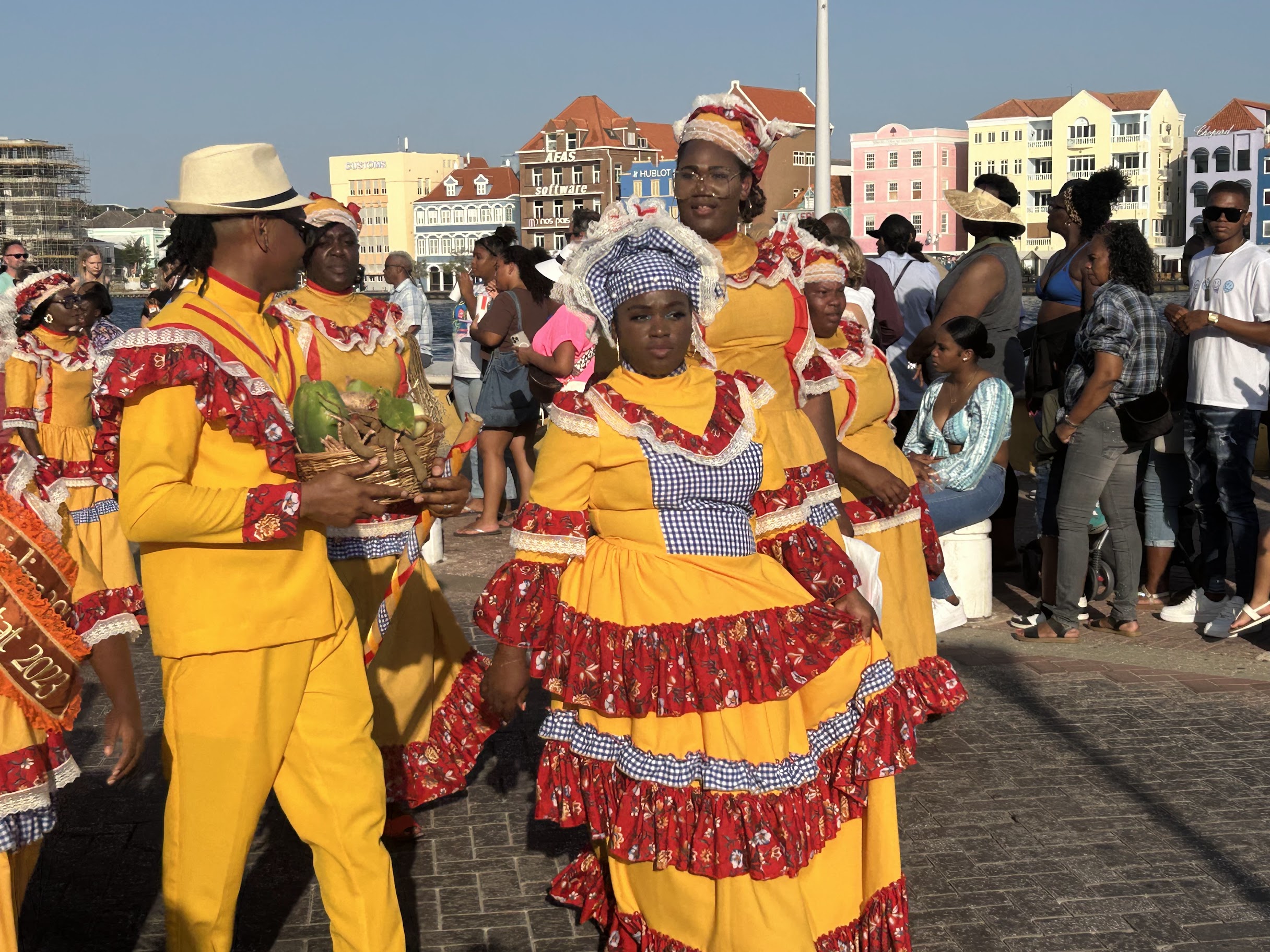
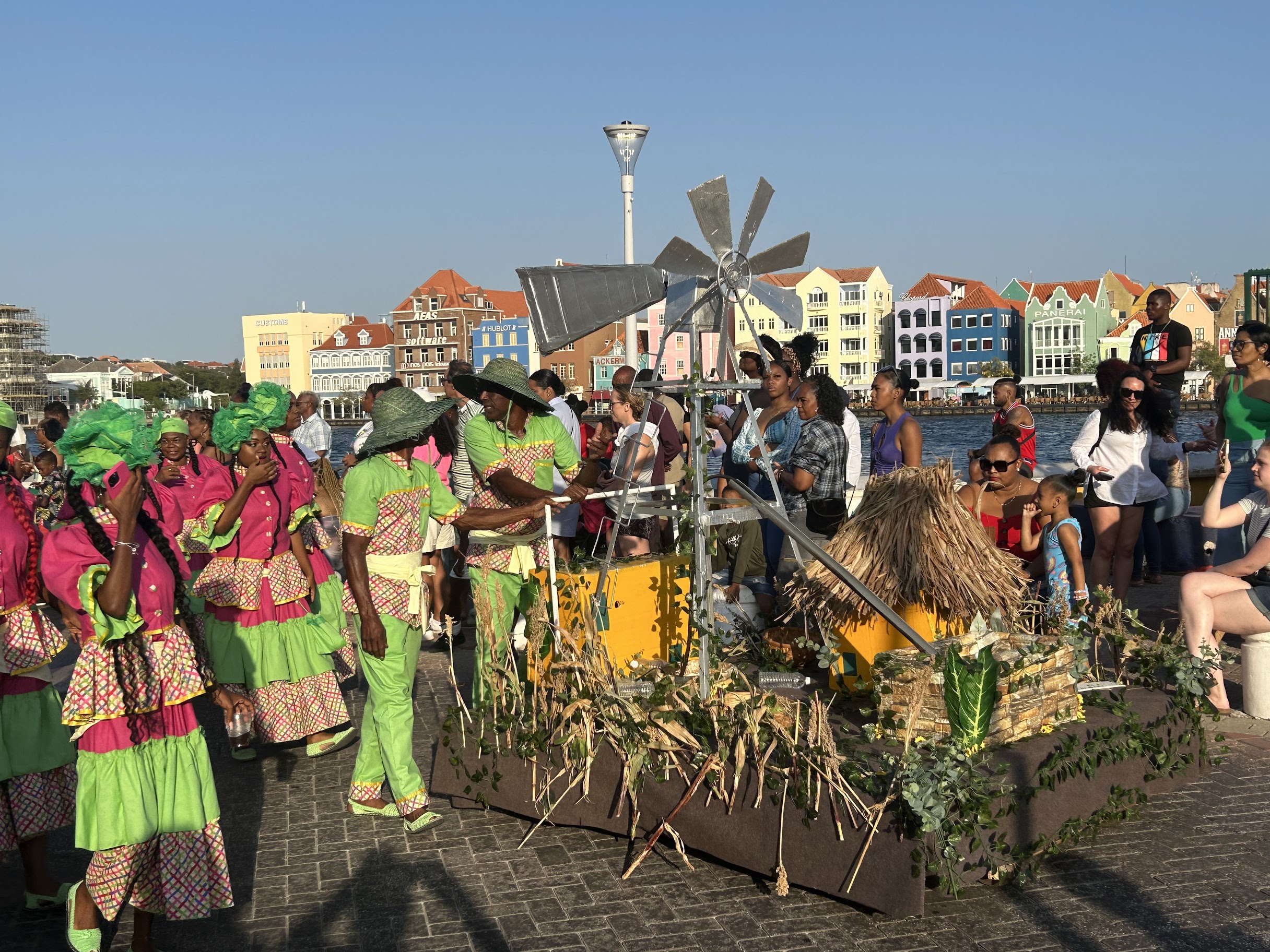

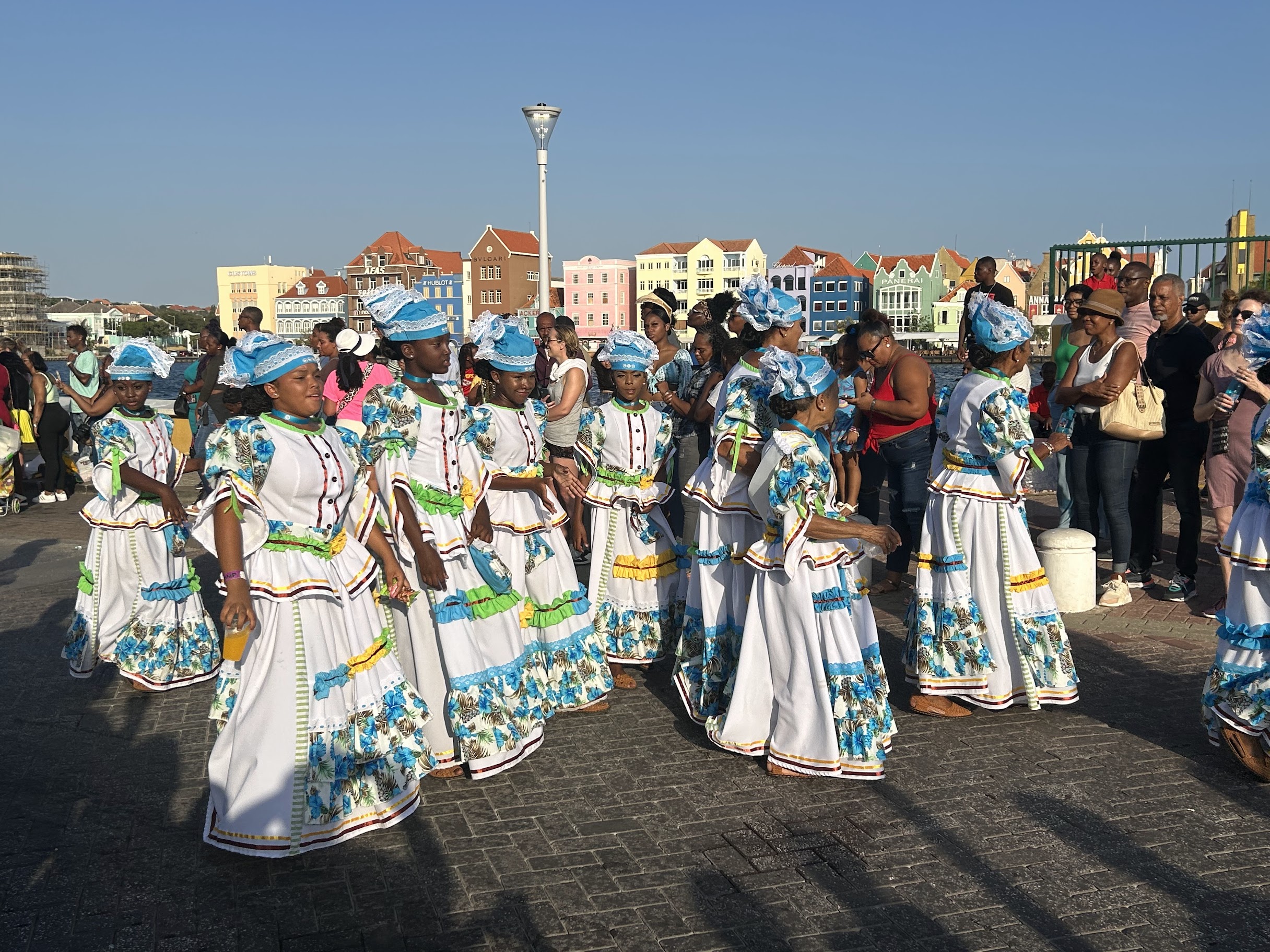

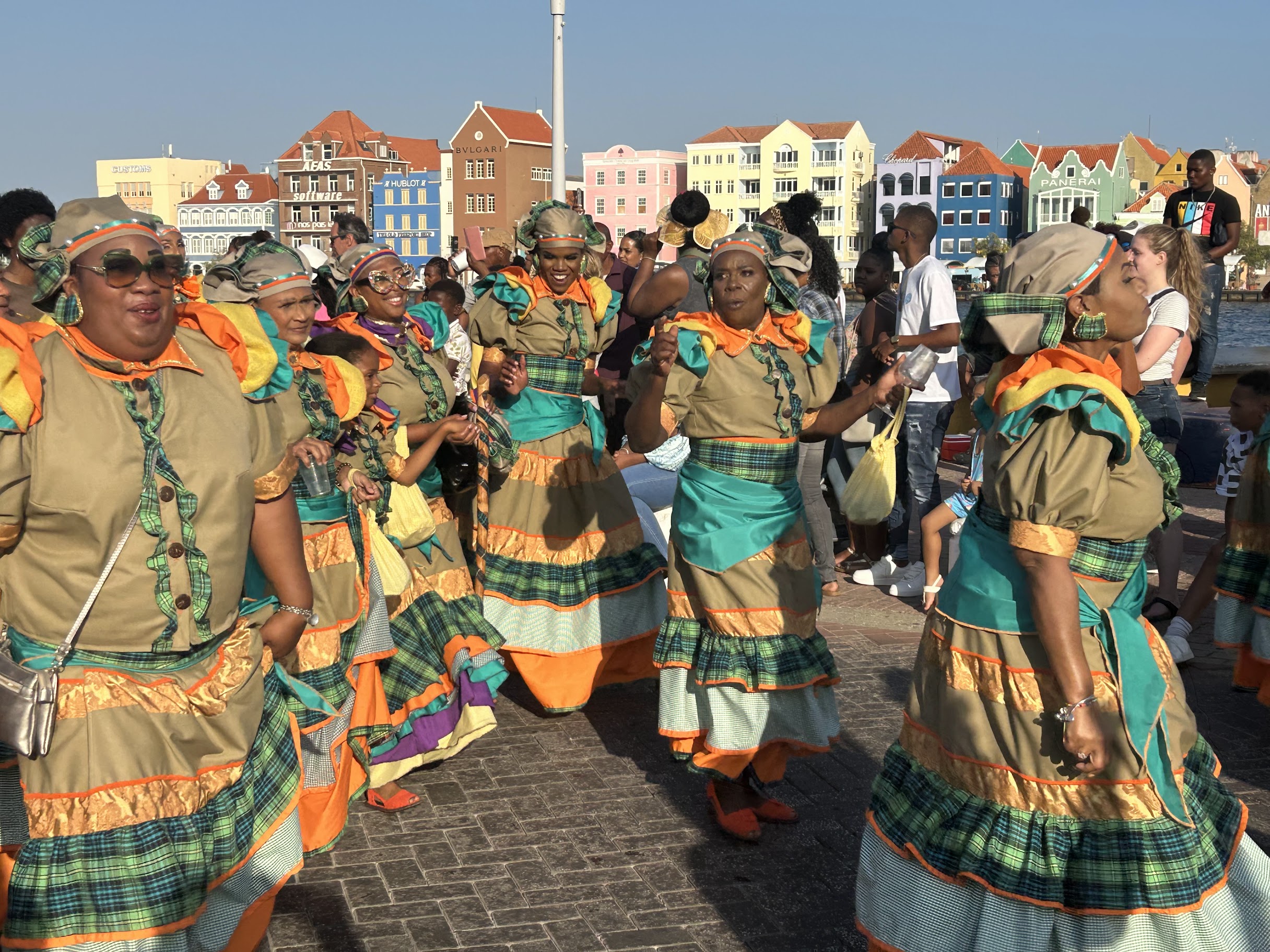
The headwrap, an African headscarf or turban that you can tie and tie in many ways, used to be mandatory for African and Afro-Caribbean women. Today, head wraps are worn voluntarily; as a visual expression and embrace of culture and identity.
public transport
Dozens of small vans and public transport take spectators to the parade where they get off at Panaderia Molenplein (Otrabanda). Public transport in Otrabanda is arranged by the public transport company “Autobus Bedrijfs Curaçao” (ABC), which offers bus services in various parts of the island.
In Otrabanda there are several bus stops where passengers can get on and off. These bus stops are located at strategic locations in the district, such as at the Renaissance Mall, the Floating Market and the Queen Emma Bridge.
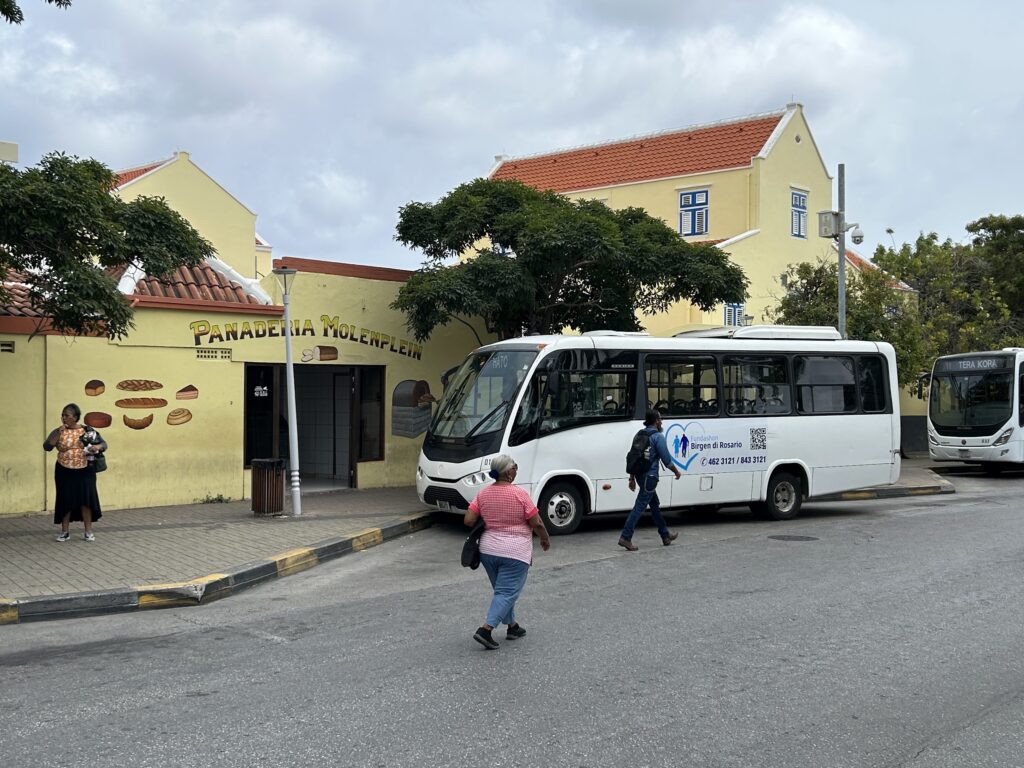
ABC offers several bus lines that run through Otrabanda and connect the district with other parts of the island, such as Punda, Saliña, Jan Thiel and Banda Bou. Both local and long-distance lines are available, depending on the traveler's destination. The frequency of bus services may vary depending on the line and time of day. In general, the buses run regularly and provide a convenient and affordable mode of travel for both locals and tourists.
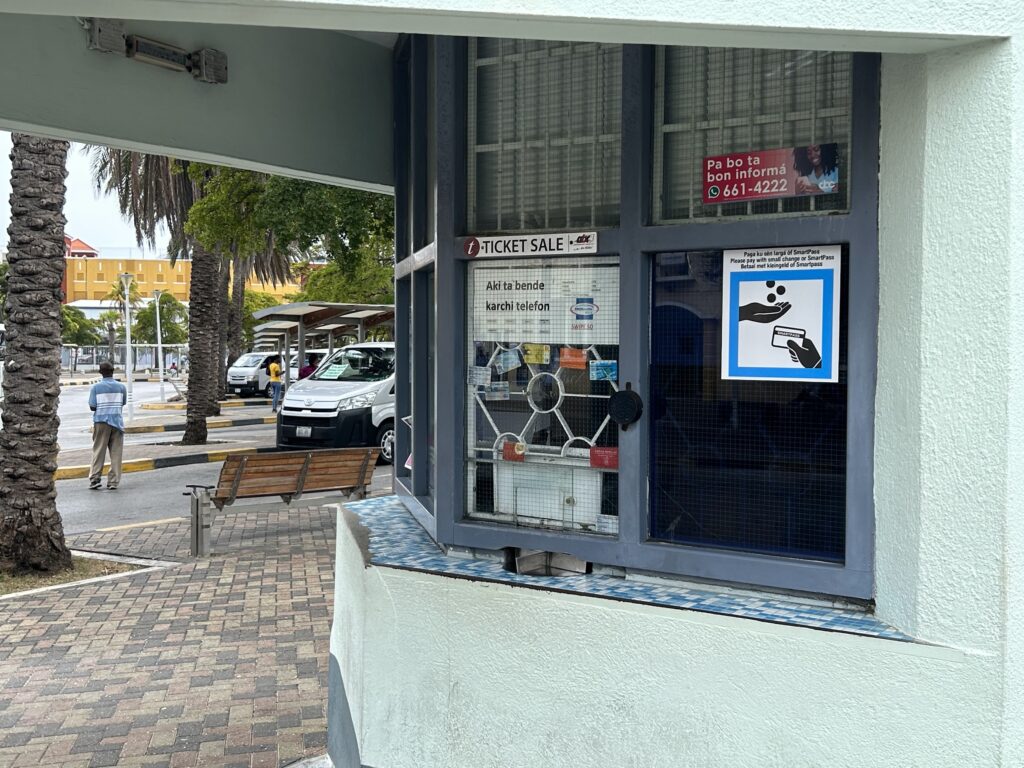
Our conclusion about electric driving on Curaçao is clear. Although the need for electric transport is increasing in some parts of the world, this need is not yet really present among the local population in Curaçao. This is mainly due to the availability of affordable and well-arranged public transport on the island. Since the majority of the population uses public transport, there is not a great demand for electric vehicles for personal use.
Moreover, it is important to mention that implementing electric transport in Curaçao would not be without challenges. The island has limited charging infrastructure, which can make charging electric vehicles a challenge. With this wisdom we also conclude our special series on Curaçao.


